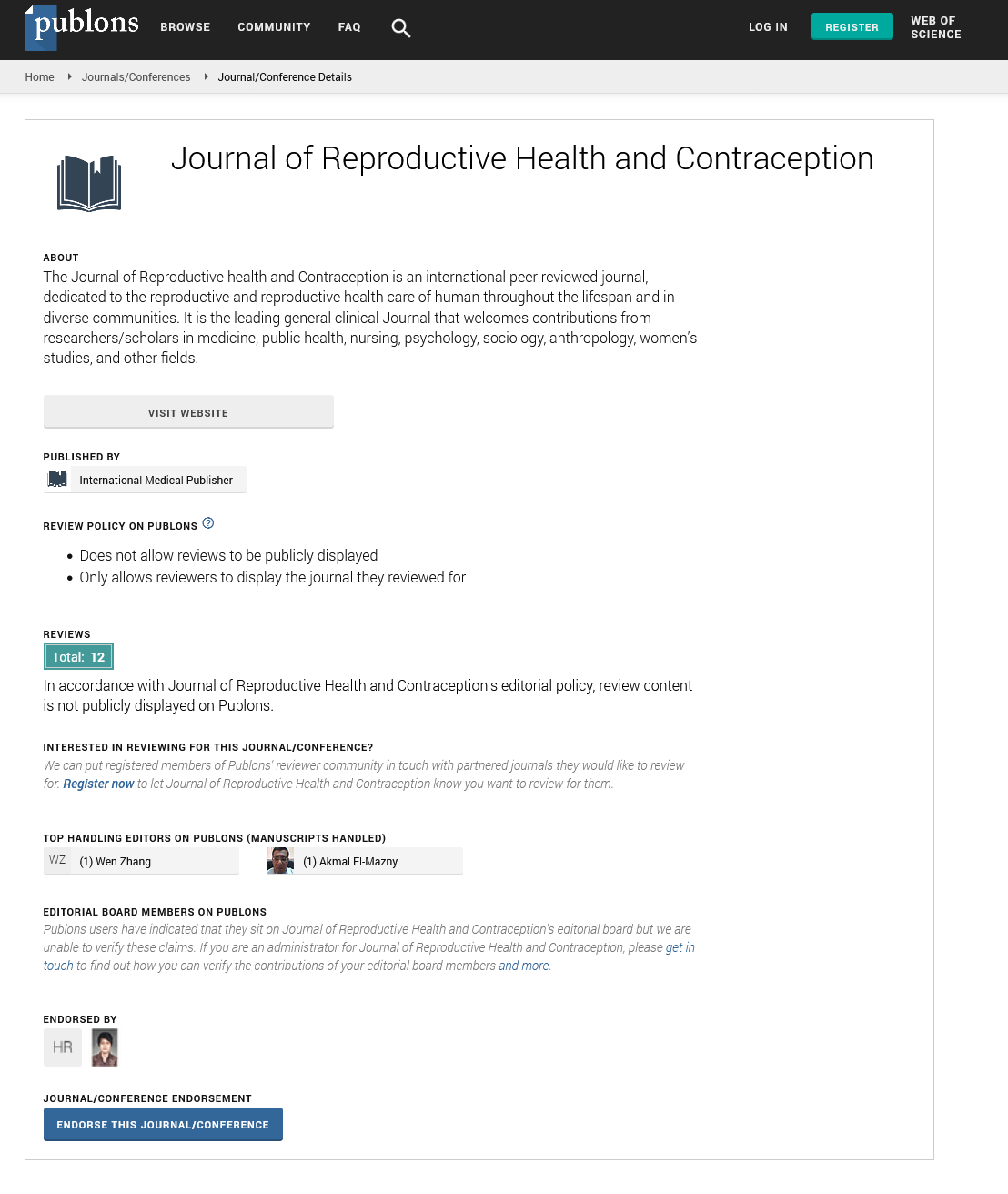Abstract
RISK OF CONGENITAL MALFORMATIONS AMONG BABIES BORN TO MOTHERS AFTER OVULATION INDUCTION WITH LETROZOLE OR CLOMIPHENE CITRATE LITERATURE REVIEW
For polycystic ovarian syndrome (PCOS) women with anovulatory infertility, the drug of choice for over four decades was clomiphene citrate (CC), a selective estrogen receptor modulator (SERM). While CC results in very high ovulation rates, but with comparatively low pregnancy rates and this is linked with associated adverse effects of CC on endometrium, cervical mucus and prolonged depletion of estrogen receptors. In 2000, Letrozole, an aromatase inhibitor used for treating breast cancer patients, evolved as a new oral ovulation induction agent effective in anovulatory infertile patients having PCOS. Letrozole have shorter half-life of 48 hours and does not adversely affect endometrium and cervical mucus and does not cause estrogen receptors depletion. In 2015, Biljan et al. published abstract of a pilot study wherein concerns were raised for higher rate of locomotor and cardiac anomalies in letrozole group in comparison with controls. One of the major flaws of the pilot study by Bijlan et al was disproportionate control. Thereafter several retrospective studies were published on safety of letrozole in comparison with CC, endorsing safety of letrozole. In this research it is aimed to review all literature wherein congenital malformations are compared in babies born after ovulation induction with either CC or letrozole. To achieve this objective, PubMed/MEDLINE, Google Scholar Search, Web of Science, and USW Library databases were searched and 17 studies were selected for review out of which 5 were on animal models. This study is the first where all animal and human studies on the subject are included for review. Based on the review of reported results in selected studies, letrozole have better safety profile than clomiphene citrate for ovulation induction, however clomiphene citrate is found to be associated with slightly higher risk of neural tube defects, in addition to adverse effects on endometrium and cervical mucus.
Author(s):
SAIF UR REHMAN
Abstract | PDF
Share this

Google scholar citation report
Citations : 201
Journal of Reproductive Health and Contraception received 201 citations as per google scholar report
Journal of Reproductive Health and Contraception peer review process verified at publons
Abstracted/Indexed in
- Google Scholar
- China National Knowledge Infrastructure (CNKI)
- WorldCat
- Publons
Open Access Journals
- Aquaculture & Veterinary Science
- Chemistry & Chemical Sciences
- Clinical Sciences
- Engineering
- General Science
- Genetics & Molecular Biology
- Health Care & Nursing
- Immunology & Microbiology
- Materials Science
- Mathematics & Physics
- Medical Sciences
- Neurology & Psychiatry
- Oncology & Cancer Science
- Pharmaceutical Sciences


